Decades before standup paddleboarding became a thing, Gavin Bowden was chasing waves all over the globe, from his childhood in Australia on to Indonesia, South Africa and Europe before finally settling in Devon on the southwest coast of England, where a strip of beach called Saunton Sands catches the North Atlantic swell and shapes it into a world-class longboard wave.
“Like First Point at Noosa Heads,” the 60-year-old says, name-dropping one of Australia’s most iconic rights.
April 25 was a Friday, the tail end of a three-day swell, and Gavin knocked off work a few hours early to catch the last of it. The offshore wind was howling and the tide was too high, but the set waves were still overhead if you could get into them. Gavin’s 10’4” Gulfstream custom standup paddleboard was the perfect choice for the conditions.
For a while he had the break all to himself. Then the grom paddled out, a wiry 14-year-old on a shortboard, scratching gamely for every wave. Later, Gavin would learn his name is Oscar McCrae.

The Accident
Gavin doesn’t recall exactly how it happened, only that he wiped out on the second-last wave in a powerful set. Maybe the wind caught the underside of his board, or perhaps he just slipped. In a fraction of a second the heavy standup board whipped around and struck him above the forehead.
He remembers being underwater. In his peripheral vision he could just make out the bottom of his board and his motionless hands. When he tried to stroke for the surface they wouldn’t move. Neither would his legs. He was paralyzed, face down in the water.
Gavin isn’t sure how long he floated that way—10, maybe 20 seconds—all the time thinking he’s got to turn over. And then, somehow, he was face-up on the surface.
“A miracle,” he says now. “I just thought it and it happened. So I look up at the sky and I thought, ‘Where’s the kid? I need the kid.’ So I shouted help! three times—Help! Help! Help! And on my third help, he was there.
“He said, ‘I’m here, I’m here. I’ve got you.’”
Oscar has been a member of the Saunton Sands Surf Life Saving Club since he was 6 years old. The club teaches all manner of watermanship, from surfski paddling to open-water swimming and ocean rescue. Oscar had practiced surf rescues many times with mannequins and with his friends, switching off in the role of rescuer and victim. But this was different. This was real.
Oscar got Gavin to the surface, then to his standup paddleboard, which was leashed to his ankle and floating upside down. Somehow Oscar had to get Gavin onto the board and out of the surf zone before the next set of waves came crashing down on their heads.
“He’s quite a big guy and I wasn’t sure I could lift him,” Oscar recalls. Size is a matter of perspective, of course. Oscar is 5’2” and just over 100 pounds, long-limbed and lean—“like a sock full of walnuts,” one of his surf coaches says. Gavin stands 5’7” and about 150 pounds, but he was completely inert. He was dead weight and, by his own admission, starting to panic.
Don’t Leave Me, Kid
In Gavin’s recollection the next ten minutes were pure chaos. “He got underneath me and he’s pushing me up on my board. He’s on the other side of my board trying to pull me, next minute he’s around underneath me. He was everywhere. And somehow my board turned over so now it’s fins facing up, and you know what the bottom of a board is like when it’s wet. It’s slippery.
“He’s pushing me up across the board but I can’t hold anything because nothing’s working and I’m sliding off, saying ‘Don’t leave me, kid. Don’t leave me.’
Finally, Oscar managed to drape the older man’s lifeless arms over his upturned paddleboard, then swim around to lock arms over the slick fiberglass. For the moment at least, they were stable.
Oscar now signaled to shore, where his father Danny was watching from the beach with Neil Phillips, a part-time coach at the Surf Life Saving Club. Oscar swept his arm slowly from side-to-side, the signal for “surfer needs assistance” that he’d learned on day one of surf lifesaving. His father answered with both hands overhead: “Make your way in.” But Oscar kept waving—a clear sign that bringing Gavin back through the surf was not possible.
Danny was nursing a sore back—otherwise he would have been in the lineup with his son—and Neil had broken a rib earlier that same day. Neither had a board or wetsuit, and a handful of beginners in the shore break were candid about their ability to help. One told Danny he’d spent the last hour trying to paddle out and couldn’t get past the whitewater.
Oscar was on his own.
“You could not have got Gavin back in safely with the injuries that he had, and it was very apparent that he was quite badly injured,” Danny says. “Getting more people out to him was not a priority. The priority was getting a boat to him.”
Danny called 9-9-9, the emergency services number in the U.K. The dispatcher alerted the Royal National Lifeboat Institute, which launched a rescue boat from Appledore, about three miles south. Help was on its way, though out in the lineup Oscar and Gavin could only take it on faith that someone would come for them. There’s no recognized hand signal for “wait there, a boat is coming but we’re not sure when,” but Oscar didn’t tell Gavin that. He just kept telling him everything would be okay.
A Huge Weight Lifted
With their arms linked over the board, Oscar asked Gavin about his life and family, what he did for work, and the places he’d surfed. “I was just asking questions, making sure his mind was occupied, and he wasn’t thinking about what’s going to happen,” Oscar says. After a few minutes, Gavin began to regain some feeling in his arms and legs. That lifted a huge weight from his mind. Thanks to Oscar he wasn’t going to drown in the surf, and now it seemed he wouldn’t spend the rest of his life as a paraplegic either. He still couldn’t use his hands, but he managed to hook his forearms around Oscar’s over the board.
They stayed that way for more than half an hour, until Danny tracked down a longboarder who had been surfing farther down the beach. “He was just putting his board up and you could see he was thinking ‘I’m knackered and now I’ve got to get back in.’” But in he went, eventually reaching Gavin and Oscar with the message that help was on its way. A minute or two later the rigid inflatable rescue boat arrived, took Gavin aboard and roared off, giving the surf zone a wide berth. Nobody got the longboarder’s name.
Just like that, it was over.
Oscar caught the next wave in and trotted up the beach. Greeting his dad and a small crowd of onlookers who applauded him off the beach. Only then did he begin to shake, as the massive adrenaline dump left his body.

Gavin spent three days in the hospital, where doctors told him his temporary paralysis was caused by central cord syndrome—in layman’s terms, a severe form of whiplash. When the board struck his forehead, the impact pushed his neck back so hard and fast that it damaged his spinal cord. The impact left a five-inch crack in the fiberglass board but didn’t hurt at all. “Not even a headache,” says Gavin. He’s recovering well and expects to be back on the job as a painting contractor—and to paddling—in four to six weeks.
Just one week after the accident Gavin was on his feet, greeting Oscar and his parents with the BBC’s cameras rolling. Asked what he learned from the accident, he takes a deep breath. “Don’t surf alone,” he says finally—“and be lucky.
“Oscar got to me so quick. But he said he’d just missed a wave. If he’d caught that wave, I don’t think I’d be here.”
Gavin Bowdon riding a wave the afternoon of the accident. | Feature photo: Neil Phillips
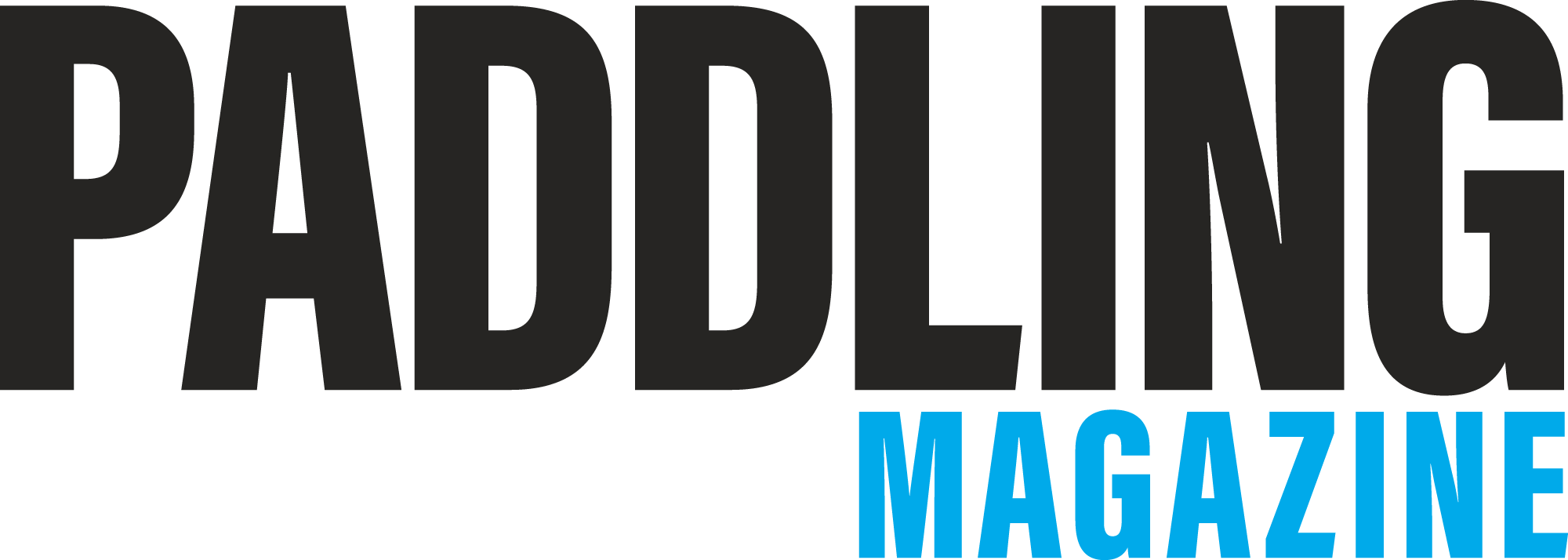



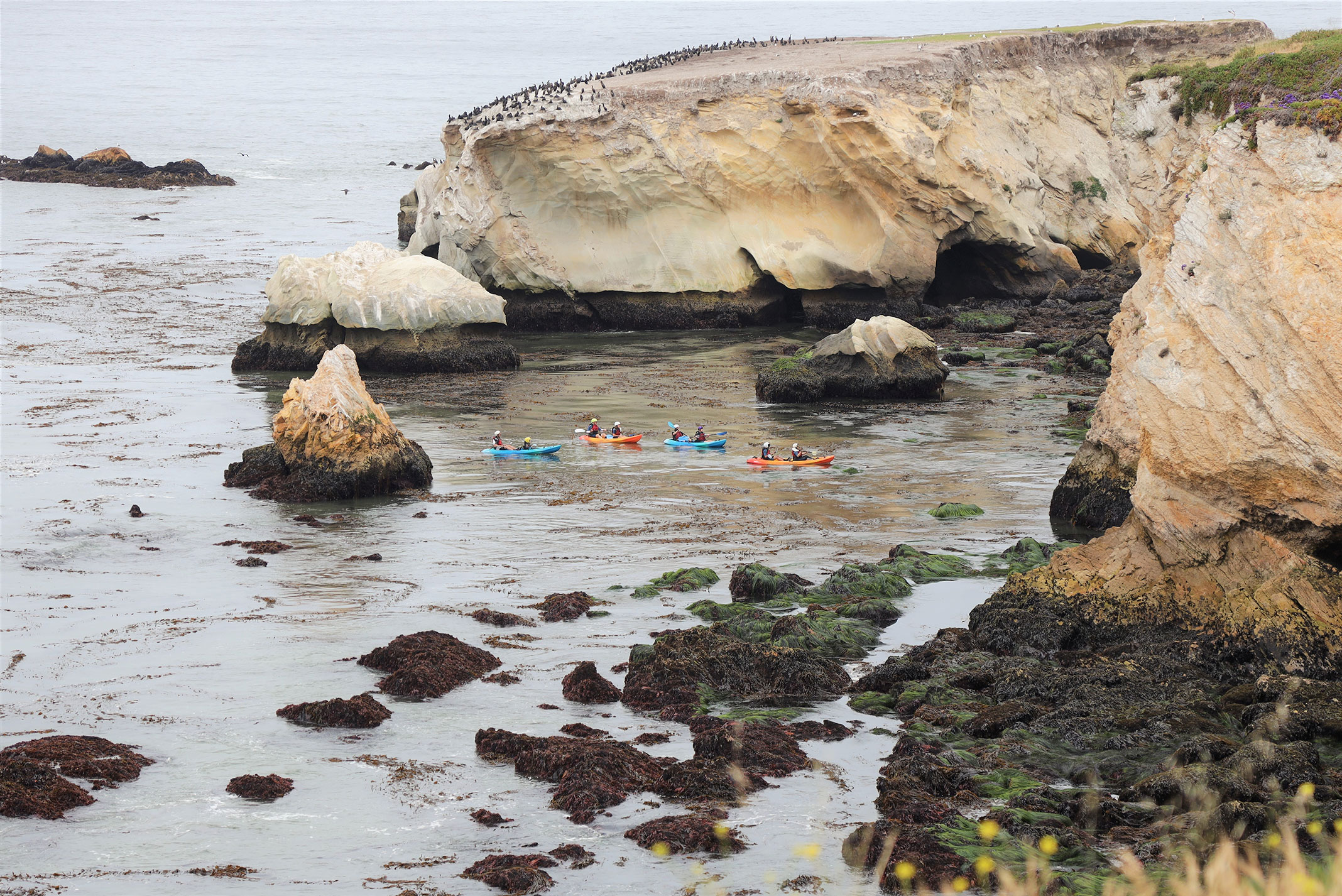

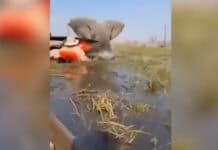
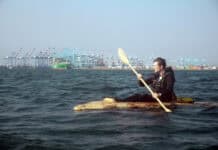
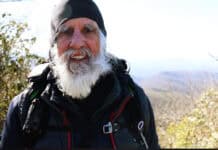
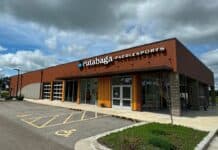


Kudos to Oscar for executing the rescue. Congratulations to Oscar’s parents for preparing him through classes that emphasized practicing rescue skills!